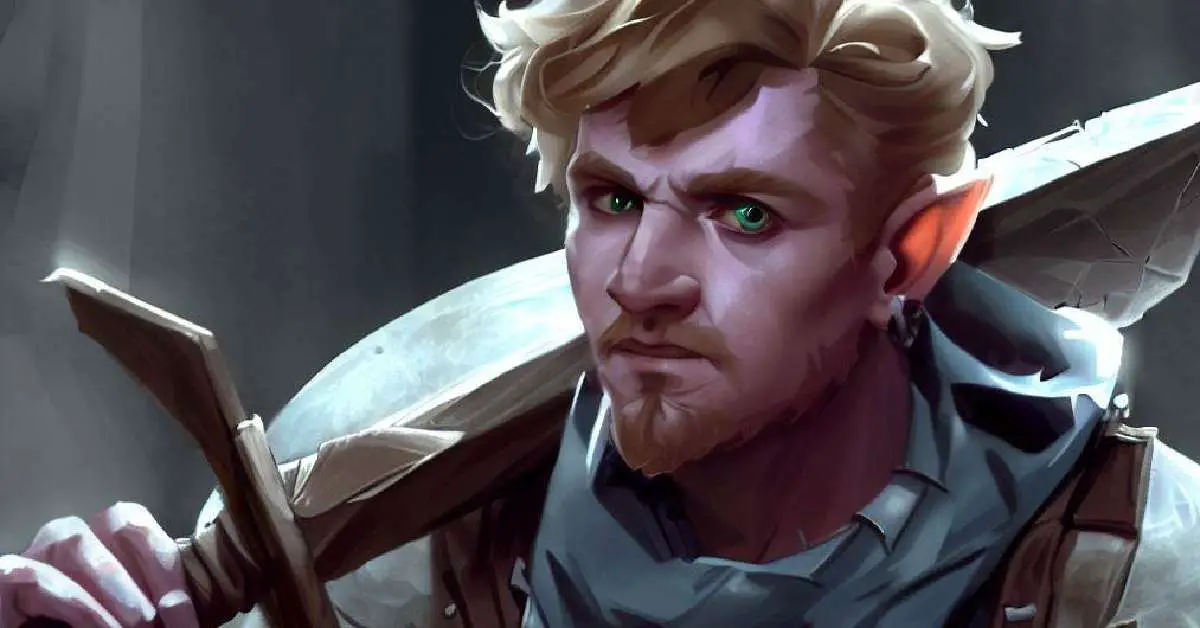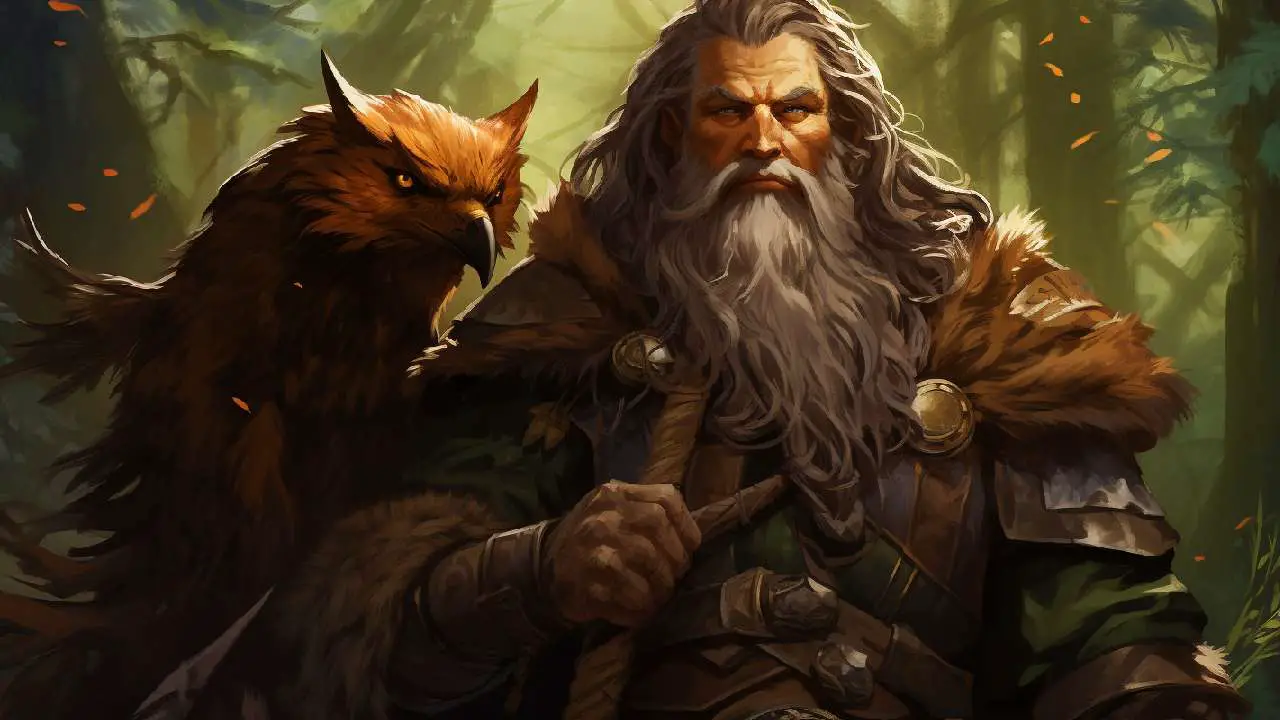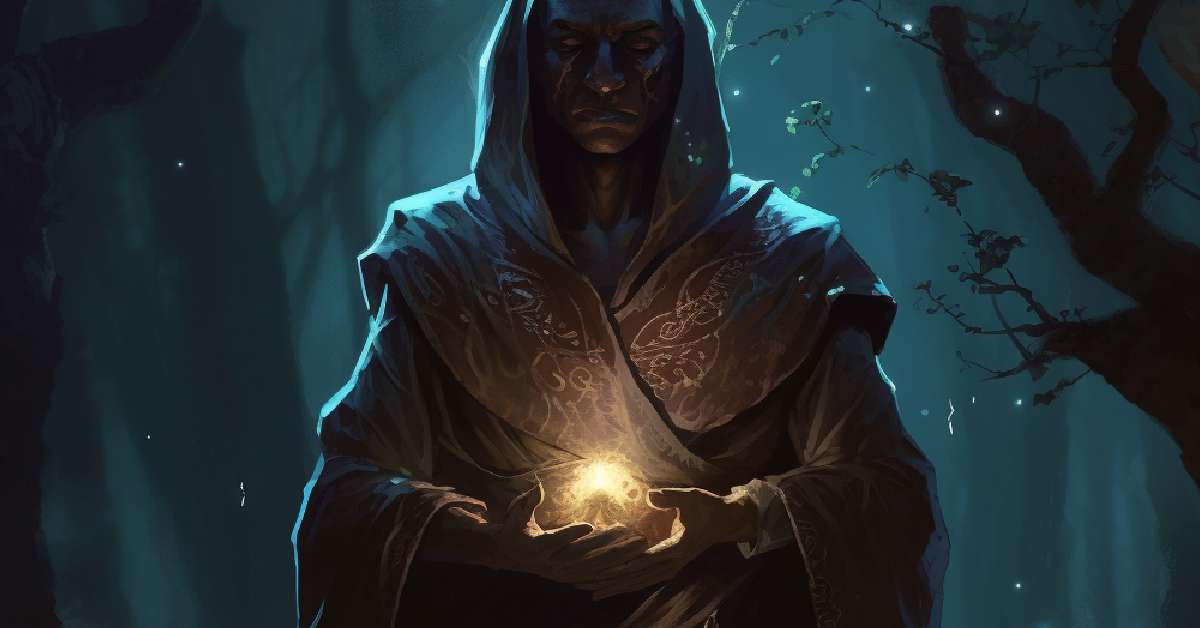
Ready to embark on a journey through the world of DnD 5e low-level builds? Buckle up! We’re about to dive into the fine details of creating some truly potent characters. We’ll cover everything, from race and class choices to specific abilities and strategies that’ll have you smacking goblins and outsmarting wizards in no time. Let’s roll!
Holy Warrior: The Low-Level Paladin
First up, the Paladin. Known for their righteous smiting and durable nature, Paladins make fantastic frontline combatants. Here’s how you build one:
Race: Opt for Half-Orc. Their Savage Attacks trait synergizes beautifully with the Paladin’s Divine Smite, adding an extra damage die on critical hits.
Class: Paladin, of course. Key abilities are Divine Smite (level 2), which lets you expend spell slots to deal radiant damage, and Lay on Hands (level 1), a pool of healing points that can save your party in a pinch.
Ability Scores: Prioritize Strength and Charisma for optimal smiting and spellcasting. Constitution is also important for overall durability.
Equipment: A longsword and a shield for a good mix of offense and defense.
Playstyle: Stick to the front lines, dealing damage and taking hits. Use Divine Smite judiciously—remember, it can be declared after you know the attack hits, making it perfect for turning a critical hit into a devastating blow.
The Spell-Slinging Wizard
Wizards are squishy, sure, but their spellcasting prowess more than makes up for it. Here’s how to put together a low-level Wizard:
Race: High Elf. Their Intelligence boost is great for your spellcasting, and the extra cantrip never hurts.
Class: Wizard. Choose either the School of Evocation for destructive spells that can target multiple enemies or the School of Abjuration for protective spells and warding.
Ability Scores: Intelligence is your most important stat. After that, consider Dexterity for improved Armor Class and initiative, and Constitution for more hit points.
Equipment: A spellbook and an arcane focus. For spells, don’t forget to take Sleep—it can be a game-changer at low levels.
Playstyle: Stay behind the front lines, using your spells to control the battlefield. Sleep can take multiple enemies out of the fight instantly, and your damage spells can whittle down the rest.
The Beastly Moon Druid
Moon Druids are fantastic for their versatility and durability. Here’s how to build one:
Race: Wood Elf. The Wisdom bonus will help your spellcasting, and the extra speed is handy in any form.
Class: Druid, Circle of the Moon. This grants you the powerful Wild Shape feature, which allows you to transform into more formidable beasts than other Druids.
Ability Scores: Wisdom first, for your spellcasting. Constitution is a close second, as it contributes to your hit points in both humanoid and beast form.
Equipment: A wooden shield and a scimitar are thematic choices. But remember, once you hit level 2, your best weapons and armor are your beast forms!
Playstyle: Use Wild Shape to adapt to the situation. Need to scout ahead? Turn into a bird. Need to tank damage? Turn into a bear. And don’t forget about your spells—they can heal allies, control enemies, and more.
The Swift and Deadly Rogue
Rogues excel at dealing a lot of damage to a single target. Here’s how to build an effective low-level Rogue:
Race: Halfling. The Dexterity bonus is great for your attacks, and the Lucky trait can help avoid disastrous rolls.
Class: Rogue. For the subclass, consider Assassin for the ability to deal massive damage with the Assassinate feature at level 3.
Ability Scores: Dexterity is your main focus here, boosting your attack rolls, Armor Class, and many skill checks. Wisdom and Intelligence are also useful for perception and investigation checks.
Equipment: A rapier and a shortbow will serve you well. You’ll also want a set of thieves’ tools for those pesky locks and traps.
Playstyle: Positioning is key for Rogues. Stay near your allies to make the most of your Sneak Attack. If you can get the drop on your enemies and attack before they have a chance to act, all the better.
The Mighty Fighter
Fighters are reliable, versatile, and can dish out some serious damage. Here’s how to build a low-level Fighter:
Race: Human, specifically the Variant if your DM allows it. This gives you a bonus feat at level 1.
Class: Fighter. Choose the Great Weapon Fighting style to maximize your damage output with two-handed weapons.
Ability Scores: Strength is a must for your attacks and damage. Constitution helps with your hit points, and Dexterity can boost your Armor Class if you’re not in heavy armor.
Equipment: A greatsword will make the most of your Great Weapon Fighting style. Plate armor provides the best protection, but chain mail is a good starting point.
Feats: Use your Human bonus feat to take Great Weapon Master. This will let you make a bonus attack when you score a critical hit or reduce an enemy to 0 hit points, and it offers a powerful, but risky, option to take a penalty to your attack roll for a significant damage boost.
Playstyle: You’re on the front lines, dealing damage and soaking up attacks. Use your Action Surge to get in extra attacks when you need to, and don’t be afraid to take a few hits—that’s what you’re there for!
The Unyielding Monk
Monks are fast, elusive, and can hit surprisingly hard. Here’s how to build a potent low-level Monk:
Race: Wood Elf. The bonuses to Dexterity and Wisdom are perfect for a Monk, and the extra speed is just icing on the cake.
Class: Monk, Way of the Open Hand. This subclass enhances your Flurry of Blows, letting you manipulate your enemies’ positions and even knock them prone.
Ability Scores: Dexterity and Wisdom are crucial, boosting your attack rolls, Armor Class, and many of your Monk abilities. Constitution helps with your hit points and staying power.
Equipment: Monks are unique in that they don’t rely on weapons or armor. Your fists (or a simple quarterstaff) and your unarmored body are all you need.
Playstyle: Use your speed and mobility to dart in and out of combat, striking where your enemies least expect it. Your Flurry of Blows can control the battlefield by pushing enemies around, and once you hit level 5, Stunning Strike can take an enemy out of the fight for a crucial round.
Remember: It’s About the Adventure!
And there you have it, folks! Six powerful, fun-to-play builds for low-level DnD 5e characters. But remember, DnD isn’t just about stats and combat. It’s about crafting stories, exploring worlds, and becoming part of something bigger than yourself. So pick the build that speaks to you, add your own personal flair, and dive into the adventure! After all, the best part of DnD is the journey, not the destination.




